An alley-oop is exciting and gets the crowd going like nothing else. A “saucer pass” is a brilliant piece of technique, whereby in Hockey the puck is flipped over the defender’s stick to a team-mate waiting to unleash a nasty slap-shot. A perfectly placed set is a gorgeous ball placed by the setter in volleyball, (apparently, it’s considered a sport), so his/her power-hitter can unleash fury on the opposition. All of those above types of passes are great, however, none of these can come close to matching the best of all passes, the through ball pass in soccer.
Ok, ok maybe the set-pass in volleyball can match it… Juuuuuuust kidding, relax! Really though, is volleyball even a legit sport?
Ok so getting back to a real sport, namely, soccer. The through ball is the ability to pass to a place where the player is going to be, by playing it behind the defence…
In fact, it’s crazy how most players can never master the through ball simply because they can’t wrap their brains around that. They always end up passing to the feet of the player or barely in front of him thus ruining the entire point of a through ball.
Often the more ahead of the play the ball is played, the prettier the through ball is… In essence, the further “the passer can see into the future,” the more remarkable the pass. Also, the more valuable that player is as a true playmaker.
One of the greatest athletes of all time, (no exaggeration at all there), the majestic Gretzky, (that’s hockey for those ignorant buffoons who only care about soccer…), encapsulated the same idea in his style of play:
“I skate to where the puck is going to be, not where it is.”
Oh, you’ve heard that before? Yeah, it’s because it’s been quoted 57 billion times already.
The through ball really is summed up in that idea. To be more precise, a through ball is more than just passing ahead of someone. Essentially a through ball is passing the ball behind the defence, through one of the gaps (explained below), and into space where the runner will be…
So let’s get into the nuts and bolts, the meat and potatoes, the bread and butter, or whatever you want to call it of how exactly (kind of, it’s an art, hard to exactly qualify how), a through ball is done. Let’s learn some of the intricacies of how to pull it off shall we?
The idea of passing to where they will be
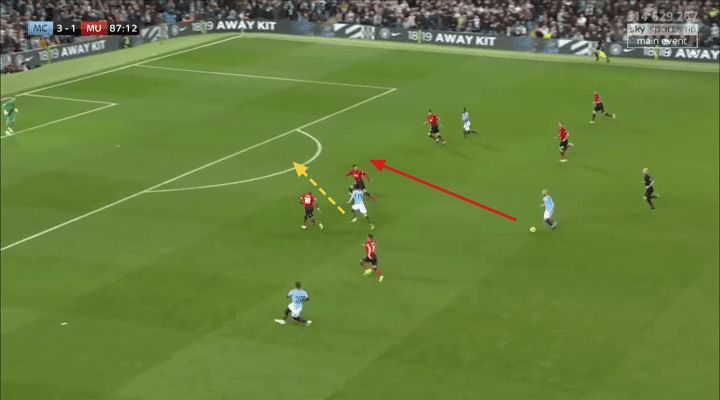
See how Silva is passing to where the runner is going to be? Simple right? It seems simple, and players think it’s simple when you explain it, but finding a true maestro who can actually apply this idea is harder than it would appear…
Often when you show the passer that the ball needs to go where the runner will be, and not where they are, they then “adjust,” by only passing it about two yards in front of the runner instead of 10, 15, or even 20.
Think of it in terms of yards. Passing the ball a yard in front of a runner is technically passing in front of them, but anyone can do that. You can pass three yards in front of someone running and they will still get there pretty quick. But can you pass 10 yards in front of the runner? 15? 20? The issue is that the further ahead of the runner you try to pass, the harder it is to make happen. It requires vision to see where the runner can and should be going, and requires understanding to understand how to give that pass in a way that allows the runner to get there before the defender. However, the further ahead you can give a pass, the more likely it sets the attacker in an advantageous position.
It’s what makes the through ball so beautiful. You’re passing to an area where the runner isn’t located. You’re seeing what can be, not what is…
Players really struggle understanding this. Some ways to teach are by showing them how far ahead of the runner they can actually pass since they usually have no idea (no vision). Of course, this requires that you understand this type of pass yourself in order to demo it. Another trick is to tell the passing player to try and pass 3-5 seconds ahead of the runner (meaning it would take them 3-4 seconds of running before reaching the ball). Usually, they pass (at most), about one second ahead of the runner, whereas, a good through ball usually is in the 3-5 second range.
Pass through different gap then runner
Most through balls, about %99, (completely un-verified statistic but probably still correct), happen by passing through one gap, while runner runs through a different gap… Just watch as Messi threads the needle with a pass two gaps over from the gap the runner is starting his run through….
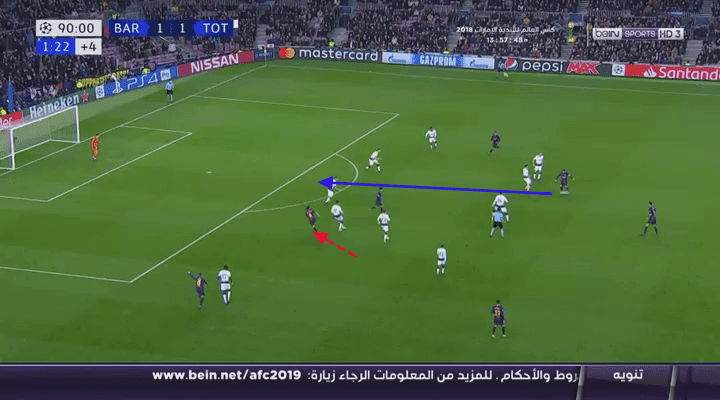
The biggest reason for this is that it has the unpredictability factor to it. Defenders naturally want to block the direct pass (the pass that goes through the same gap as the runner), and so, passing through a different gap is harder to defend against. Passing through the same gap as the runner is the immediate option defences try to shut down.
Again, this is where most passers AND runners screw it up. They simply play in terms of simple passes – they see the pass to their feet. Great players see the passing options beyond just the gap closest to them. They see that if they run through one gap while getting a pass played through another one, they can potentially be in a killer position.
If you’re on the ball, and player A is running through gap 1, see if you can play into space ahead of him/her by playing through gap B, not through gap A…
Vertical pass requires a diagonal run and vice versa
This is huge… A diagonal pass played into a diagonal run almost never works. A diagonal run needs a vertical pass, while a vertical run needs a diagonal pass.
If a player makes a vertical run, and a vertical pass is played what happens? Most likely the opposing goalie will get there first. A vertical run with a vertical pass moves too quickly towards the opposing goalie (simple math people!), making it nigh impossible to reach in time.
If the player on the ball is dribbling diagonally across the field, usually the best pass is a vertical ball behind the d-line, while the runner makes a diagonal run through the blind-side to get into a great position.
And on the other hand, if the dribbler is running vertically, the runner should make a diagonal, knowing that a vertical ball is coming… Also note how the same idea of passing through one gap, while running through another is applied here…
See (in image), how it’s a diagonal run, and the guy passing (Neymar), is passing vertically, not diagonally towards the player who’s already making a diagonal run…
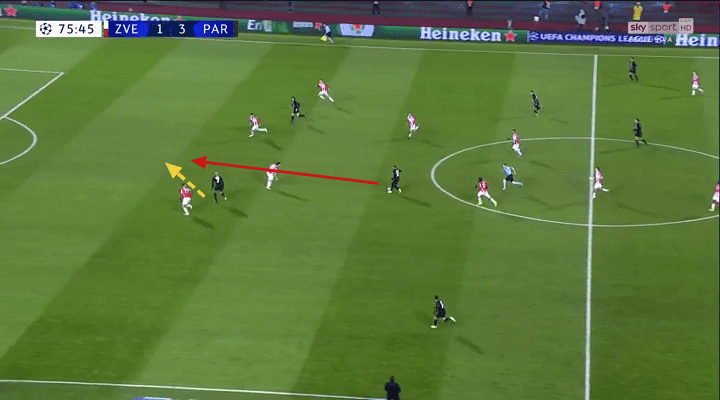
Runner SHOULD make the play…
We see this screwed up all the time and there are two reasons:
- The runner is a reactive player, and simply looks to make a run AFTER the pass is made…(the good ones are proactive).
- The runner is lazy, and only wants to work when the ball is played to them and won’t put the work in unless they know there’s a good chance they’ll get rewarded…
Or, sometimes it’s both. Always remember, the runner starts the play, not the other way around. The runner should always commit fully to the run at full speed.
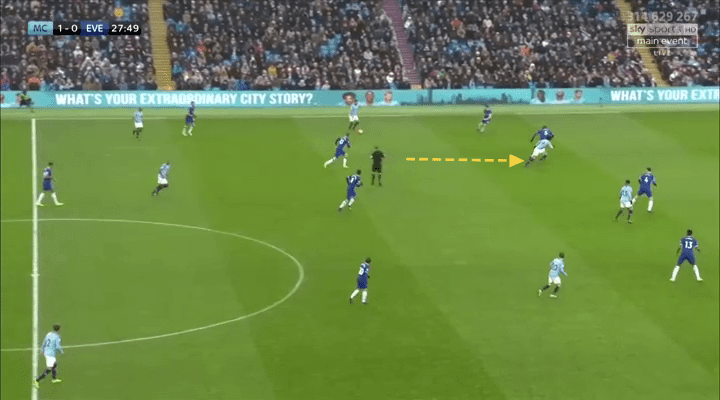
See how Sane has committed to a full-on sprint before the pass has been released? If he goes offside at this point, it’s not his fault (unless his timing was completely off).
Players must commit to the run so that they actually have an advantage over the defender. If they only run once the ball is passed, guess who else is committing to running at that point? You guessed it, the defender. And the defender (due to the offside rule), is usually closer to the ball than the offensive runner, thus having the advantage. But, if the runner commits to a sprint before the pass is released, it means that they will already be full-on sprinting while the defender is just starting to get into a sprint, thus giving a massive advantage (or dynamic like they say in Germany), to the runner.
And finally, you commit to the run to not only be in a better position for if the pass comes, but also to open up space for the player on the ball. Some people believe the runner should always get the ball. This is absolute rubbish. Runs are made to open up space for other players, distract defenders, and also open up space for the runner. Runs are not just so you can get rewarded for your run. Players that think like this should be cut faster than you can say, Jack Sparrow.
It’s up to the ball-carrier to decide if they should pass or dribble. But by committing to the run, the runner helps open up space and/or get in position for a great through ball.
Proper weight (often neglected)
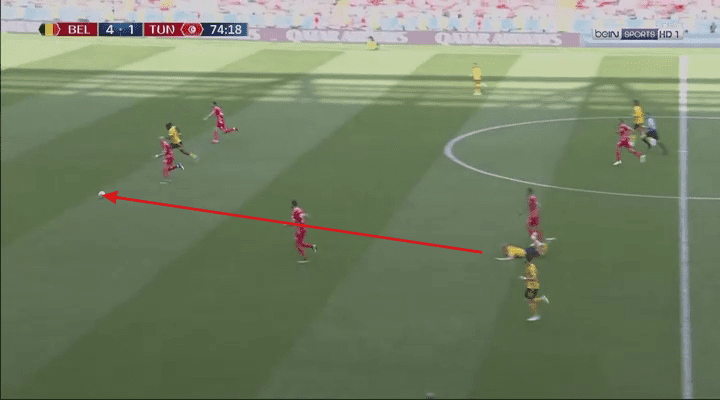
We have been quite blatant in our criticism of most players since most players have no idea how to give a good through ball. Players can go for years with never truly giving one good through ball because they simply don’t have the vision for it.
There are, however, some players who actually can see the through ball but then sadly don’t have the technique and touch to pull it off. And the biggest issue said players struggle with is the weight of the pass.
This is that scene where the player giving the pass sees the hole and tries what could be a beautiful through ball attempt only for the ball to go about a mile past the runner.
Finding the proper weight of the pass is huge. The best advice we can give to find that weight is to exaggerate the other way. What do we mean? What we mean is that most players put too much weight on the ball, thus giving the runner no chance to get there before the goalie or defender. When teaching someone, often what happens is you then tell the player to take a bit of weight off, and they barely take any weight off.
In order to learn things, it’s often very important to exaggerate the other direction, by taking off a LOT of weight to the point of the ball having no chance of even reaching its destination. By doing this, you’ll have experienced passing a ball with way too much weight (too hard), and with way too little weight (too soft). After this, you’ll have experienced both ends of the spectrum thus giving you a better understanding of the actual proper weight.
And finally, I’ll say this; most players (99%), who attempt this pass end up putting too much weight, not too little. Too little weight is a way better sign since it usually means you were at least thinking about the proper weight…
Next level stuff
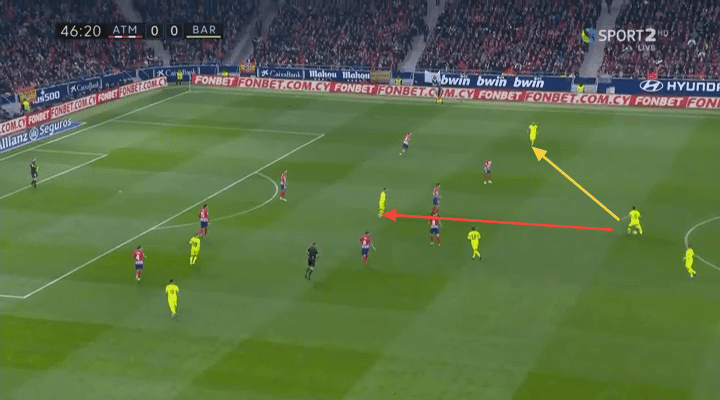
This type of fake is some next-level stuff. It’s fairly easy to apply (no harder than a scissor for example), but hard for players to understand how to use it to open up gaps…
Busquets, the criminally underrated midfielder (at least to the ignorant masses who merely judge off the eye-test), uses this move in a variety of ways. His most common use is to open his hips in order to make the defending line believe he’s going wide, just so he can then pass in between the lines… Often he uses this technique just to find Messi’s feet.
The same technique, however, can also be used to send a through-ball through the seam that you created by opening up your hips.
Most good players play according to what is available. If the defence isn’t leaving gaps open for a through ball, a good player simply will not play it until the gaps open up (if they do). Great players, on the other hand, can manipulate defences to still accomplish what they desire. Similar to how a Quarterback can open up the right side of the field by looking to the left with his eyes, a great player in soccer can create gaps in the defence (thus allowing a through-ball), with one deceptive shifting of the hips.
The fake pass/fake shot is a killer move (the best move ever), that can be used to open up gaps, buy time, freeze defenders, and open up space behind the defence. Use it…
Conclusion
The through-ball in my arrogant opinion is the #1 skill that the world’s most iconic players (namely the historic # 10’s) had. Think Ronaldinho, Zidane, Roberto Baggio, etc…
Soccer is a game of chess, at least it is to those who understand the intricacies. To others who play it’s a game of checkers. Understanding how, when, why, and where to use a through-ball is one of those skills that separates the chess players from the checkers’ players.
If you love tactical analysis, then you’ll love the digital magazines from totalfootballanalysis.com – a guaranteed 100+ pages of pure tactical analysis covering topics from the Premier League, Serie A, La Liga, Bundesliga and many, many more. Get your copy of the FIRST of two December issues for just £4.99 here or preorder the SECOND of the December issues with an annual membership right here.

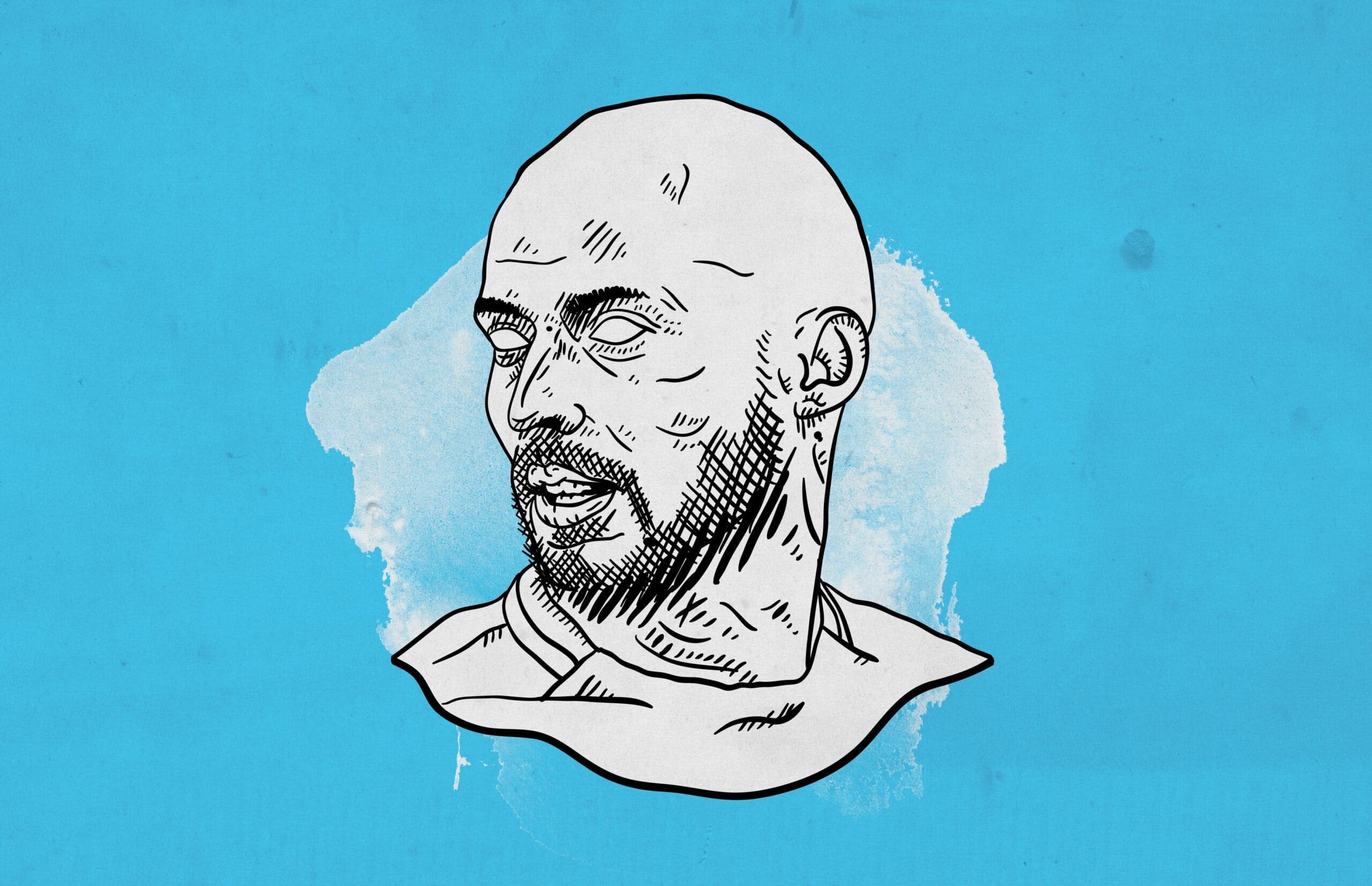




Comments